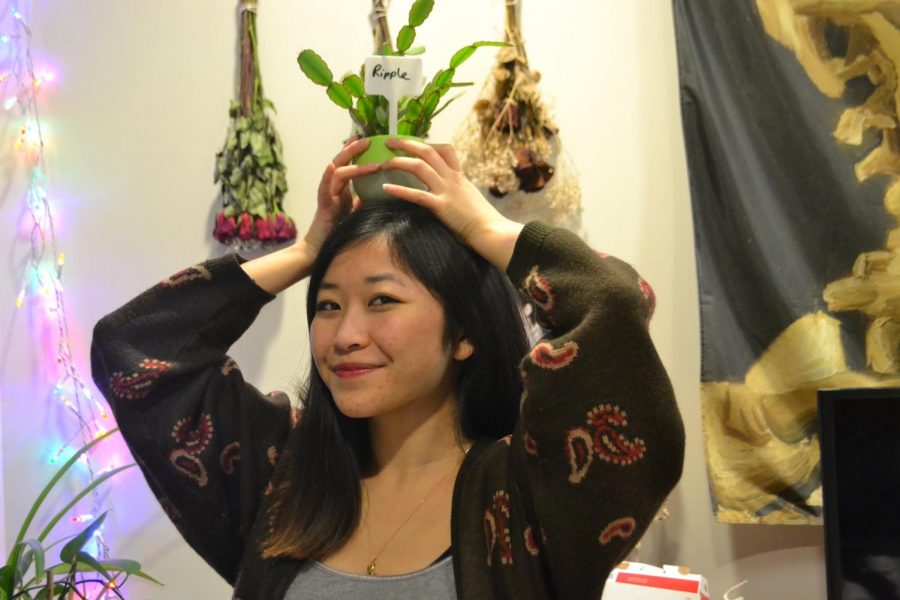Tips from an Amateur Plant Mom
If there is one thing I’ve learned over the past four years, it’s that not all college students have a green thumb. Whether a student underestimates the amount of care their cute new orchid requires or forgets that plants need more than a monthly watering, plant crimes are committed daily.
The savviest of plant moms (and dads) are not born with green thumbs. Any person, and that includes college students, can cultivate their own little indoor oasis. Disclaimer: I am not a botanist, but I hope that this column provides useful tips to keep your floral friends alive, and I also plan to share my own plant mom journey and life with my herbaceous children.
The first story I have to share is not the happiest one. Very early in my freshman year I had a small urge to want to control a living thing. Not wanting a fish, I made my first plant purchase at a local supermarket.
It was a small English ivy in a basket, and I made sure to purchase the one with the longest vines and the fullest base. This was before I started to make plant name tags, so its name escapes me. It did well for a year even though I did notice sticky residue beneath it.
By sophomore year I was ready to bring unnamed ivy and a few other plants back to my new home in McGowan hall. I began to notice more sticky residue forming underneath the ivy. It was beginning to lose leaves. A quick internet search revealed he problem: the scale bug. Thoughts of a scale-infested room soon flooded my head, but, fortunately, scale bugs stick only to plants.
I learned a lot from this site–gardeningknowhow.com–including that my plant had an infestation of soft scale bugs, which are destructive. That sticky residue is a scale excretion called honeydew. Plants can eventually die, and are contagious in the sense that the pests can travel to nearby plants if branches or leaves touch.
So not only was my first plant dying, there was a chance my new plants may also perish (spoiler alert: many of them survived). Spray insecticides like neem oil or homemade recipes can beat the beasts.
I was a sophomore with no car and little money, so I resorted to the cheapest and simplest option, which was wiping each leaf and vine with rubbing alcohol. I was consumed with caring for the ivy, but it had been infested for more than a year, and the soil was likely infested and so no matter how often I cleaned the leaves, the pests came back. Tired of the fruitless cleaning and afraid that the scales might spread, I woefully decided to get rid of dear ivy.
The tragedy taught me a few vital lessons: the first one is to avoid buying houseplants from supermarket chains, which may not provide adequate care to plants as a nursery would.
However, if you insist of grabbing one on a discount table, check beneath the leaves, stems and any roots that may be poking out of the soil. Be on the lookout for any insects or strange growths and fungus. Even if you spot only one bug, it can easily propagate into dozens if not hundreds of them.
I’ve made a few good purchases at supermarkets, such as nice succulents, which I knew were healthy.
My second lesson is that once you notice even the smallest problem with your plant, like sticky residue, investigate. If you catch infestations early enough you may be able to save it and enjoy it for years.

